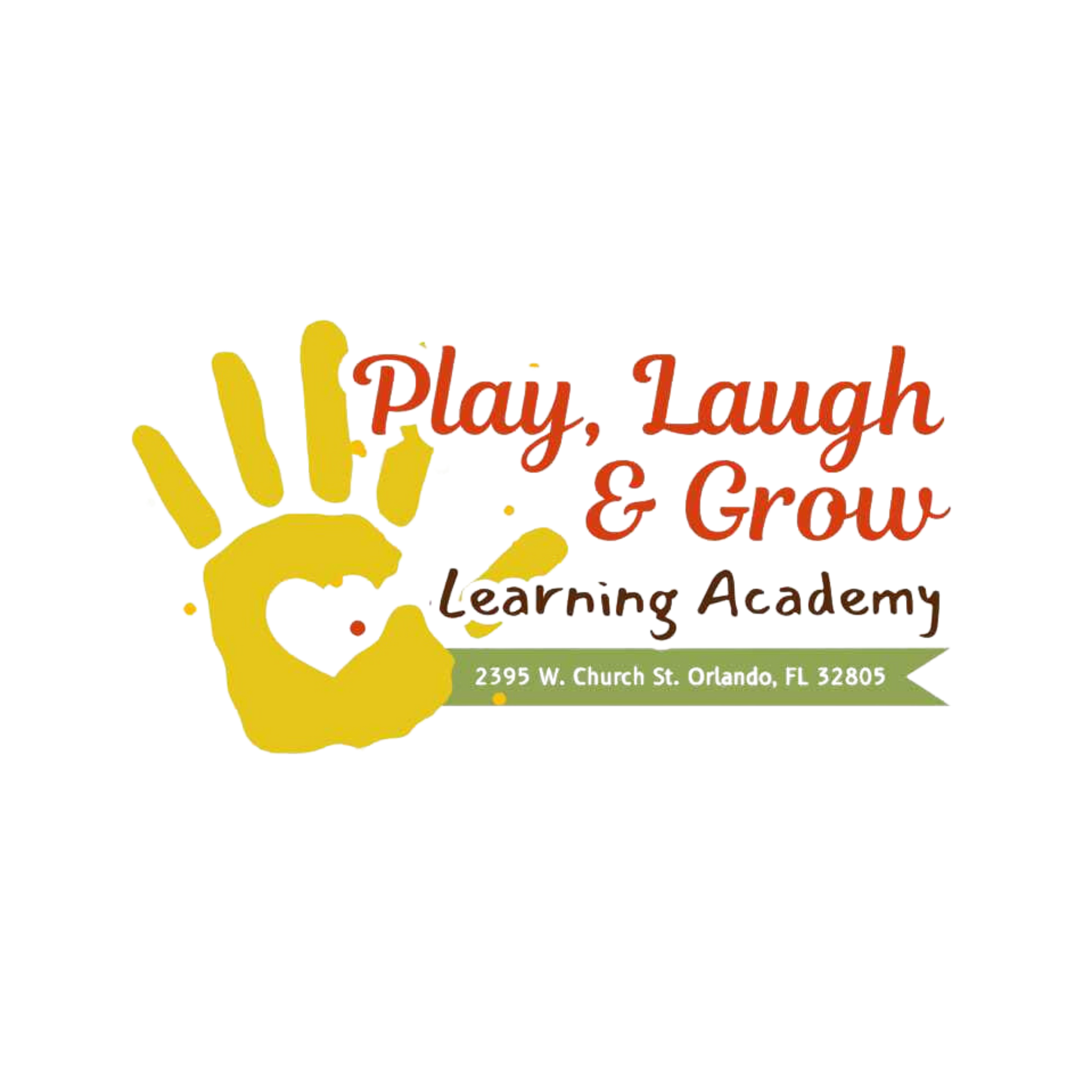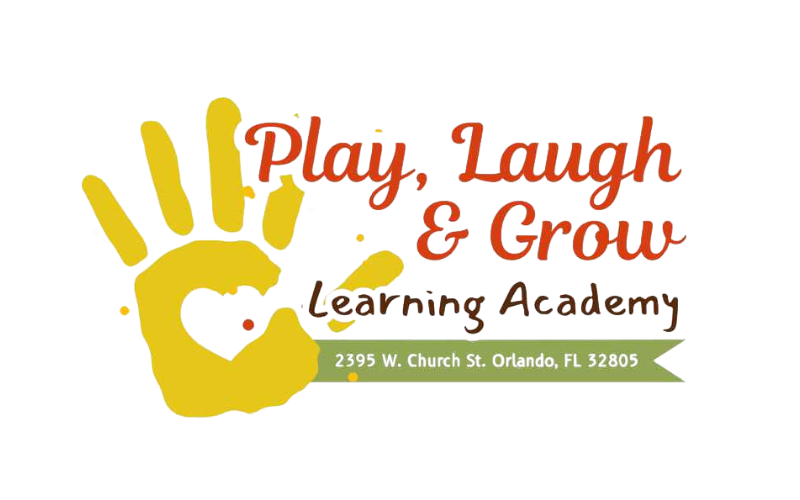How to Create a Supportive Learning Environment for Your Child at Home

At Play Laugh and Grow Academy, we believe that learning should not be confined to the classroom. Parents and caregivers play a crucial role in supporting their child's educational journey, and creating a supportive learning environment at home can have a significant impact on a child's development. This blog post will explore practical strategies for parents to create an environment that encourages curiosity, fosters learning, and nurtures the growth of their child at home.
1. Organize the Space for Learning
A well-organized, dedicated learning space is essential for creating an environment that supports your child’s learning. While you don’t need a separate room for this purpose, you can designate a quiet, distraction-free area where your child can focus on activities like reading, drawing, or completing educational tasks.
To create an effective learning space:
- Choose a quiet area: Select a space away from distractions such as TV or loud noises.
- Ensure comfort: Make sure the space has appropriate furniture, such as a comfortable chair or desk, that suits your child’s needs.
- Organize materials: Keep learning materials like books, paper, crayons, and educational toys neatly organized and easily accessible.
Having a specific area dedicated to learning helps your child understand that this space is for growth, focus, and creativity, setting the tone for productive activities.
2. Encourage a Growth Mindset
One of the most important things parents can do to support their child’s learning at home is to encourage a growth mindset. A growth mindset is the belief that abilities and intelligence can be developed with effort, learning, and persistence. Children with this mindset are more likely to embrace challenges, learn from mistakes, and keep working toward their goals.
Here are ways to nurture a growth mindset:
- Praise effort, not just achievement: Instead of solely celebrating successes, focus on praising the effort your child puts into their tasks. For example, say “I’m proud of how hard you worked on that puzzle” rather than just “Great job finishing it.”
- Normalize mistakes: Let your child know that making mistakes is a natural part of learning. Encourage them to try again, learn from their errors, and keep going.
- Use positive language: Avoid phrases like “You’re just not good at this,” and instead use growth-oriented language like “Let’s keep practicing, and you’ll get better.”
When children are taught that learning is a continuous process, they become more confident in their ability to tackle new challenges.
3. Make Learning Fun with Games
Learning doesn’t always have to be serious. Children learn best when they are engaged, and games provide an excellent opportunity to make learning enjoyable. Whether you’re playing a board game, solving puzzles, or engaging in educational activities, the key is to keep things fun and interactive.
Here are some ideas for making learning fun at home:
- Board games: Classic games like “Chutes and Ladders,” “Memory,” and “Candy Land” help develop math skills, memory, and strategic thinking.
- DIY crafts: Use simple materials to create arts and crafts that also serve as learning opportunities. For example, you can make a collage using shapes to teach geometry or create a nature journal to explore science concepts.
- Interactive apps and online games: In moderation, educational apps can provide opportunities for children to learn new skills. Look for games that encourage problem-solving, critical thinking, and creativity.
By incorporating fun into learning, children are more likely to stay engaged, excited, and motivated to continue exploring new concepts.
4. Incorporate Learning into Daily Routines
You don’t have to reserve special time for learning activities. Everyday routines can also be learning opportunities. Children absorb information from their environment all the time, and as a parent, you can use this to your advantage by incorporating educational moments into daily tasks.
Here’s how to integrate learning into daily routines:
- Cooking together: Use cooking as an opportunity to teach math concepts (measuring ingredients, counting items) and science (how heat changes food).
- Grocery shopping: While shopping, talk about the names of different foods, their colors, sizes, and nutritional benefits. You can also practice counting and categorizing.
- Outdoor exploration: When going for a walk, discuss nature, animals, and plants. You can also collect leaves, flowers, or rocks to study and classify.
By weaving learning into your child’s daily activities, you make education feel natural and relevant to their world.
5. Encourage Reading and Storytelling
Reading is one of the most powerful tools for early childhood development. At Play Laugh and Grow Academy, we emphasize the importance of reading to young children, and parents can play a significant role in fostering a love for books at home. Reading not only enhances literacy skills but also stimulates imagination and creativity.
To encourage reading:
- Read aloud regularly: Set aside time each day to read to your child, and let them choose their favorite books. Encourage them to ask questions and make predictions about the story.
- Create a cozy reading nook: Dedicate a small space in your home with pillows, blankets, and a selection of books where your child can enjoy reading on their own.
- Storytelling activities: Encourage your child to create their own stories, either verbally or through drawing. This boosts their language skills and encourages creative thinking.
A child who grows up surrounded by books and storytelling is more likely to develop strong literacy skills and a lifelong love for reading.
6. Set Goals and Celebrate Achievements
Setting achievable goals is a great way to help your child stay focused and motivated. Whether it’s completing a specific task, learning a new skill, or working on a project, goals provide children with a sense of purpose and direction.
Here’s how to set goals effectively:
- Set small, achievable goals: Break tasks down into smaller steps. For example, instead of “finish the entire puzzle,” try “find all the corner pieces.”
- Celebrate progress: Acknowledge your child’s progress, no matter how small. This can be as simple as saying “Great job on putting that puzzle together” or rewarding your child with a special activity once they’ve reached their goal.
Celebrating achievements, no matter how small, helps build a child’s confidence and reinforces the idea that learning is something to be proud of.
Learn about the importance of encouraging creativity through imagination and artistic expression in early childhood, and how play-based learning can unlock a child's potential by reading Encouraging Creativity in Early Childhood: The Role of Imagination and Artistic Expression and Unlocking the Power of Play-Based Learning for Early Childhood Development.
Conclusion
Creating a supportive learning environment at home is crucial for your child’s development. Whether you’re organizing a learning space, encouraging a growth mindset, or incorporating fun learning activities into your daily routine, every small action you take can help foster a love for learning. At Play Laugh and Grow Academy, we believe that parents play a central role in nurturing children’s curiosity, creativity, and intellectual growth. By implementing these strategies, you’ll be providing your child with a solid foundation for success in school and in life.















